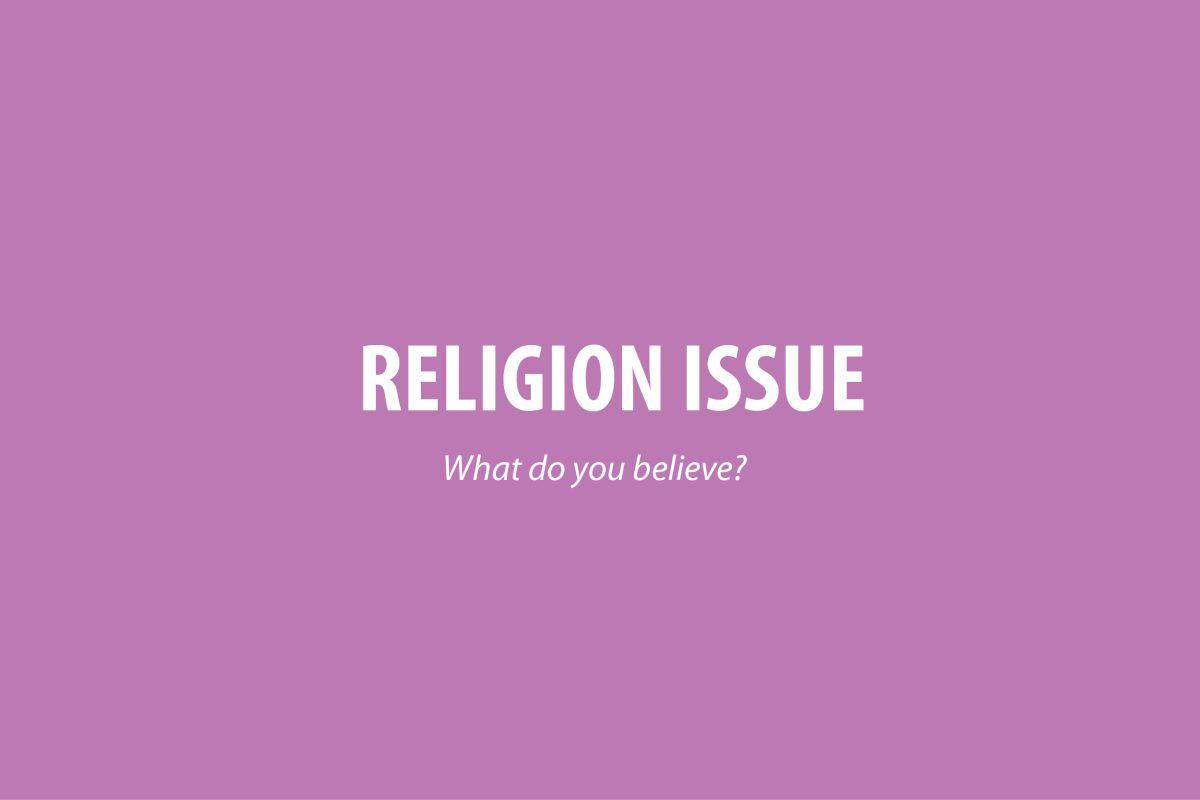The way the world talks about religion sets a precedent for how we view it. Professors who teach various religious studies work to help students understand that the best way to recognize the values of those around them is to study religion in its many forms.
“It’s important that students understand how religion is shaping the world that they live in and that they’ll be inheriting,” said Anna Bigelow, associate professor of religious studies, specifically Islam, inter-religious relations and religious extremism.
Due to the current global climate, Bigelow stressed she and her colleagues in Middle Eastern studies are concerned with the way Islam is portrayed in the media.
“They [the media] don’t allow them to have the broader context,” Bigelow said. “I tend to make sure students are aware of the connection between understanding Islam and its diversity.”
According Bigelow, there are various types of Islamic practices, just as there are different denominations of Christianity. Sometimes Americans are aware of these kinds of differences in Christianity, but not in other cultures.
When teaching her students about various cultures and religions, Bigelow said she tries to create non-biased lessons by abstaining from discussion about particular faiths, but instead looking at religions from a historical and cultural context.
In her lessons, Bigelow tries to explain how faiths were established in their developing stages. She talks about their beginnings and the way they have evolved into modern religions.
Gregory Ellington, a senior studying religious studies, said he thinks understanding is the most important lesson from his major courses.
“It is more important to understand why a person believes what they believe rather than simply knowing what he or she believes,” Ellington said. “In order to be successful in the world, we must move beyond focusing on the ‘what’ and try to understand the ‘why’ and ‘how’.”
Mary Cunningham, associate professor of religious studies, said on top of studying different religions, NC State’s religious studies professors also aim to teach students to think differently about religion.
“We teach with neutrality — not that we aren’t passionate about what we do — but we do teach with neutrality, so that we aren’t out here to advocate or debunk, for that matter, a particular set of religious beliefs or institutions,” Cunningham said.
According to Cunningham, there are a lot of conflicts in the world and an understanding of religions and other people’s values are huge elements to global conflicts.
One of the courses Cunningham teaches is “Darwinism and Christianity.” The course teaches various perspectives of evolution, utilizing Darwinian, atheistic, theologians and Christian viewpoints. Essentially “the whole spectrum,” Cunningham said.
Cunningham also explained the different ways the religious studies department investigates religions and shares studies with students. The department utilizes ethnographic, cultural, ethical and textual approaches to studying religion.
Various courses will study the texts of each religion strictly by what they mean, or they can use a more historically based curriculum and study the culture by which the religions were founded. It is up to the professor’s discretion of what is best for the course and the religion.
- ‘Faith is a house with many rooms’: Why we decided to talk about religion
- Religious practices change with generation, culture
- Religious organizations on campus
- Celebrating Diwali and still making it to class
- Christian Science and the ‘power of prayer’
- Coming to terms with religion: a Jehovah’s Witness’ story
- COLUMN: Terrorism has no religion
- COLUMN: A world at war: the danger of attacking religious freedom
- COLUMN: The nine universal vices and virtues








